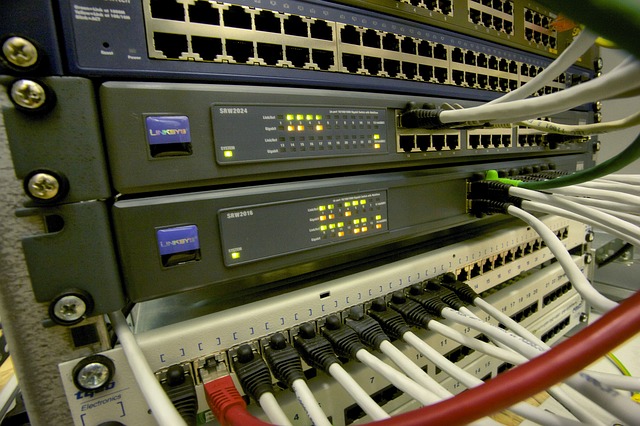Which is the most Reliable and Consistent Connection Source of Internet?
October 27, 2017

Having a consistently reliable source of internet is becoming increasingly important with most people spending a lot of time online. In their quest for a reliable source of internet, many users keep hopping from one Internet Service Provider (ISP) to another without really knowing what the basic problem is. Hooking up with the right ISP makes a big difference in your levels of happiness or frustration as you don’t have to spend long hours waiting for data transfers.
If you are living in the city, you have greater options for reliable ISPs to choose from; in the rural areas, there are usually just a couple to choose from! Here are a few guidelines to follow when hunting for a reliable internet provider.
First, you will need a brief crash-course on the different kinds of internet services available. Broadband internet is actually a loose term that includes internet connections that are ‘always on’; these high speed options include cable connections, fiber optics, DSL and satellite services.
The cable broadband internet comes along with the TV cable connection through coaxial wires with just one outlet required for both facilities. The download speeds can vary between 3Mbps to a 100Mbps depending on the plan you are on. This is one of the most popular types of internet connection and isn’t dependent on distance like the DSL and is faster than services including satellite and DSL. The only disadvantage is that you share the same bandwidth as your neighbors and during peak hours, there may be a drop in speeds.
The Digital Subscriber Line (DSL) operates over regular telephone lines and can deliver speeds between 256 Kbps to 24 Mbps. Aside from being cheaper, it provides faster downloads as compared to uploads, with greater speeds expected soon. Where DSL services are available, the speeds are usually very stable and consistent, with only disadvantage being that the quality and speed are dependent on the distance from the ISP’s office.
Satellite internet connections, though a little expensive to set-up initially are very stable and can reach far-flung places where other internet networks cannot reach. In many isolated hilly terrains, satellite networks are the only option available. Irrespective of the location, satellites offer the same download and uploading speeds.
The latest type of internet connection is the fiber-optic lines technology which uses glass fibers as thin as the human hair to transfer data using light. This technology offers the highest speeds as compared to other methods with the only downside being that it’s not available everywhere; and where it is available, it’s on the expensive side.
Aside from your internet connection type, your ISP also matters, so ask around in your neighborhood, before going for the best one to suit your needs. Factors to consider would be reliability, customer service, cost and terms of service.

